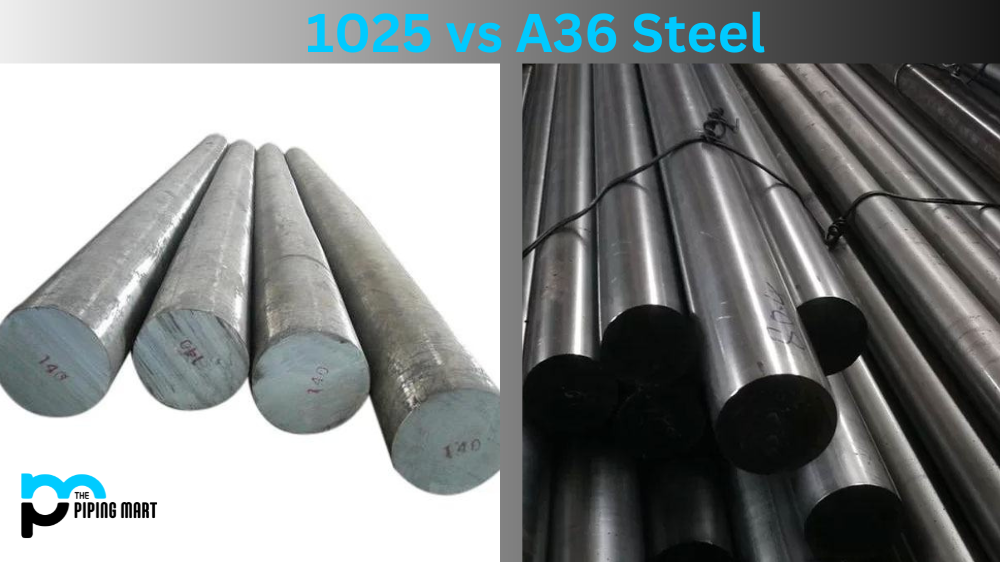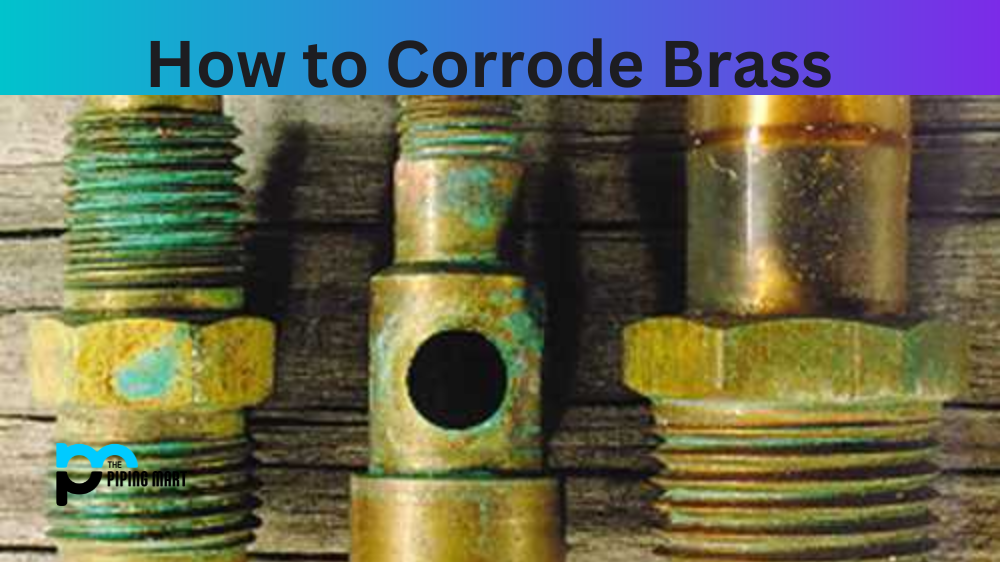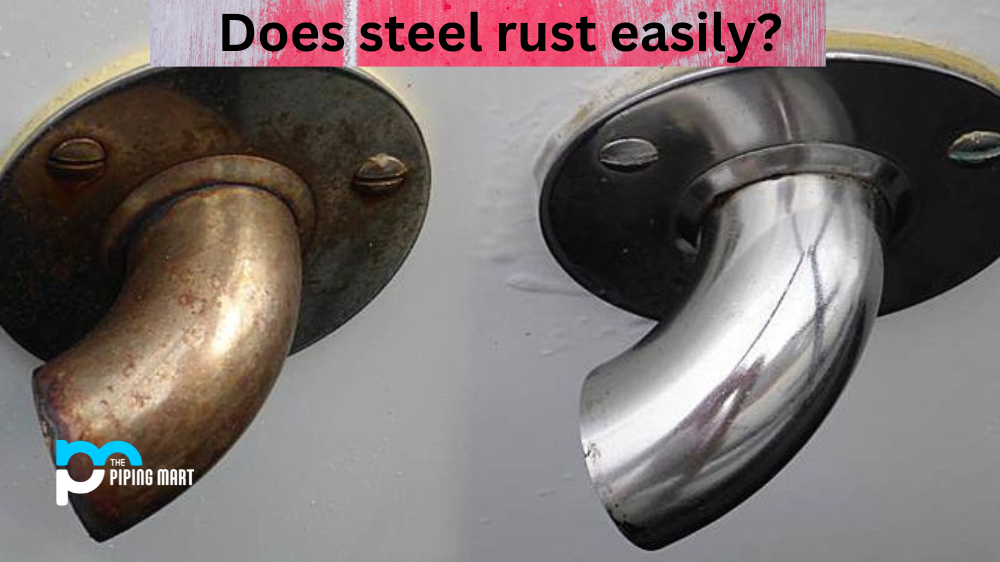When starting a construction or manufacturing project, choosing the right type of steel is crucial. Two of the most common types of steel used in the industry are 1025 and A36. But how do you know which one is better suited for your needs? In this blog post, we’ll compare these two types of steel and highlight their properties, advantages, and disadvantages so you can make an informed decision.
What is 1025 Steel?
This low-carbon steel is often used for small parts that require good formability and weldability. It has a carbon content of up to 0.28%, which makes it easy to work with and shape. 1025 steel also has a good balance of strength, ductility, and toughness, making it ideal for applications that require both durability and flexibility. However, it may not be suitable for high-stress applications requiring higher-strength steels.
What is A36 Steel?
This medium-carbon steel has a carbon content of up to 0.29% and is known for its strength, ductility, and excellent welding properties. A36 is commonly used in the construction industry for structural purposes, such as building beams, bridges, and support structures. It has a higher yield strength than 1025 steel and can withstand more stress, making it a better choice for heavy-duty applications that require robust materials.
Difference Between 1025 and A36 Steel
1025 is a carbon steel alloy, while A36 is a low-carbon steel. 1025 has a higher carbon content, which gives it greater strength and hardness. A36 has a lower carbon content, which makes it more ductile and weldable. Both steels can be used for a variety of applications.
Composition
1025 is composed of 0.22-0.28 carbon, 0.40-0.60 manganese, 0.035 phosphorus, 0.04 sulfur, and 0.15-0.30 silicon, while A36 is composed of 0.29 carbon, 0.54 manganese, 0.035 phosphorus, 0.04 sulfur, and 0.26 silicon
Yield Strength
The yield strength of 1025 is about 35 ksi, while the yield strength of A36 is about 36 ksi. This means that 1025 is slightly stronger than A36 steel.
Tensile Strength
The tensile strength of 1025 is about 60-90 ksi, while the tensile strength of A36 is approximately 58-80 ksi. This means that 1025 is slightly stronger than A36 steel regarding tensioning force. However, both steels are relatively weak compared to other materials, such as concrete or aluminium alloys.
Ductility
Ductility refers to a material’s ability to deform under tensile stress without breaking or cracking. 1025 steel has good elasticity, while A36 steel has excellent flexibility due to its lower carbon content. This means that A36 can be easily formed into various shapes without cracking or breaking under tension.
Cost
Regarding cost, 1025 steel is typically cheaper than A36 steel. This is because it has a lower carbon content and is easier to manufacture and process. However, the price difference may not be significant enough to base your decision solely on cost. Instead, you should consider the specific requirements of your project and choose the steel that best meets your needs.
Machinability
Another factor to consider is machinability. Regarding machining and cutting, A36 steel is a better choice. It has good machining properties and is easy to drill, tap, and mill. On the other hand, 1025 steel may be more challenging to work with due to its higher ductility and lower strength. This can result in more tool wear and slower machining speeds.
Conclusion
Choosing the correct steel for your project is an important decision affecting its overall performance, cost, and durability. Both 1025 and A36 steel have advantages and disadvantages; the choice ultimately depends on your needs. If you require good formability, flexibility, and weldability, 1025 steel may be the better choice. However, if you need higher strength and resilience for heavy-duty applications, A36 steel is the way to go. Regardless of your choice, work with a trusted supplier that can provide high-quality steel that meets industry standards and specifications.

A passionate metal industry expert and blogger. With over 5 years of experience in the field, Palak brings a wealth of knowledge and insight to her writing. Whether discussing the latest trends in the metal industry or sharing tips, she is dedicated to helping others succeed in the metal industry.




